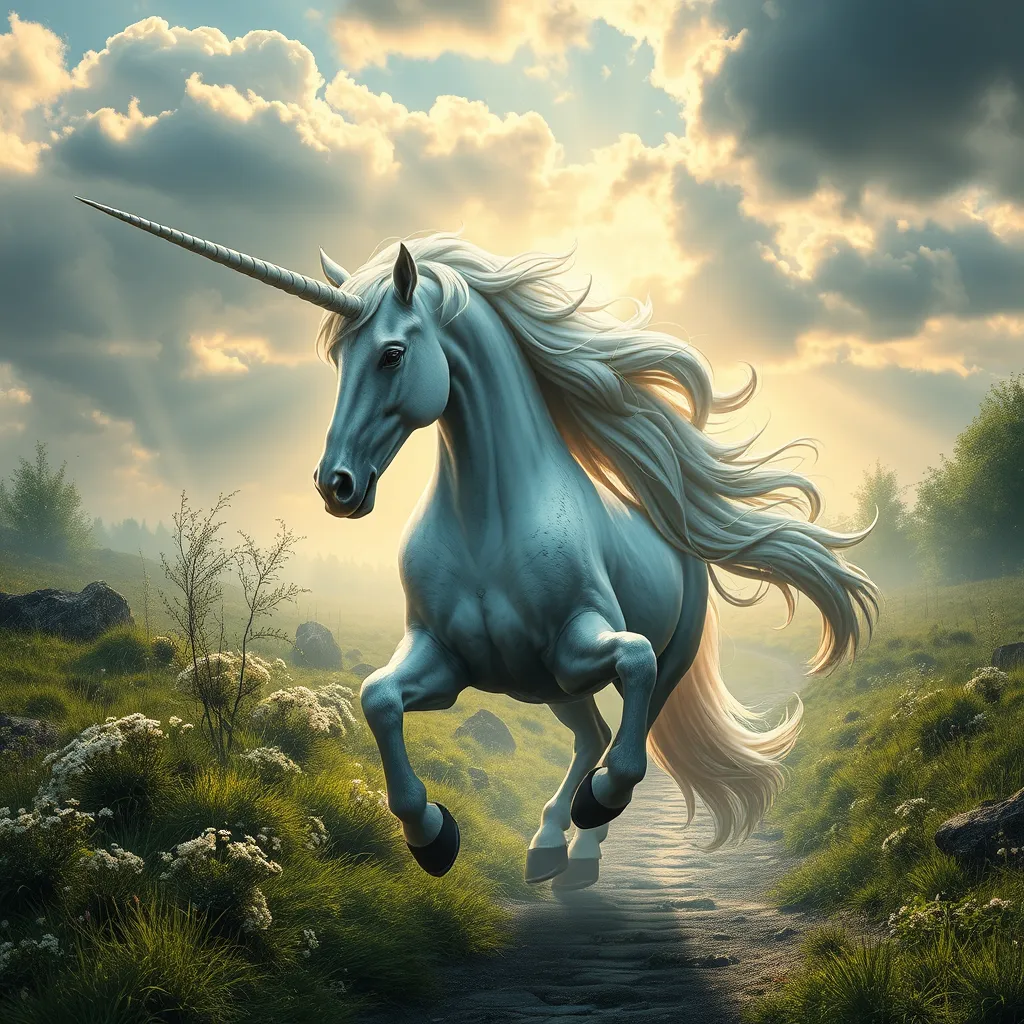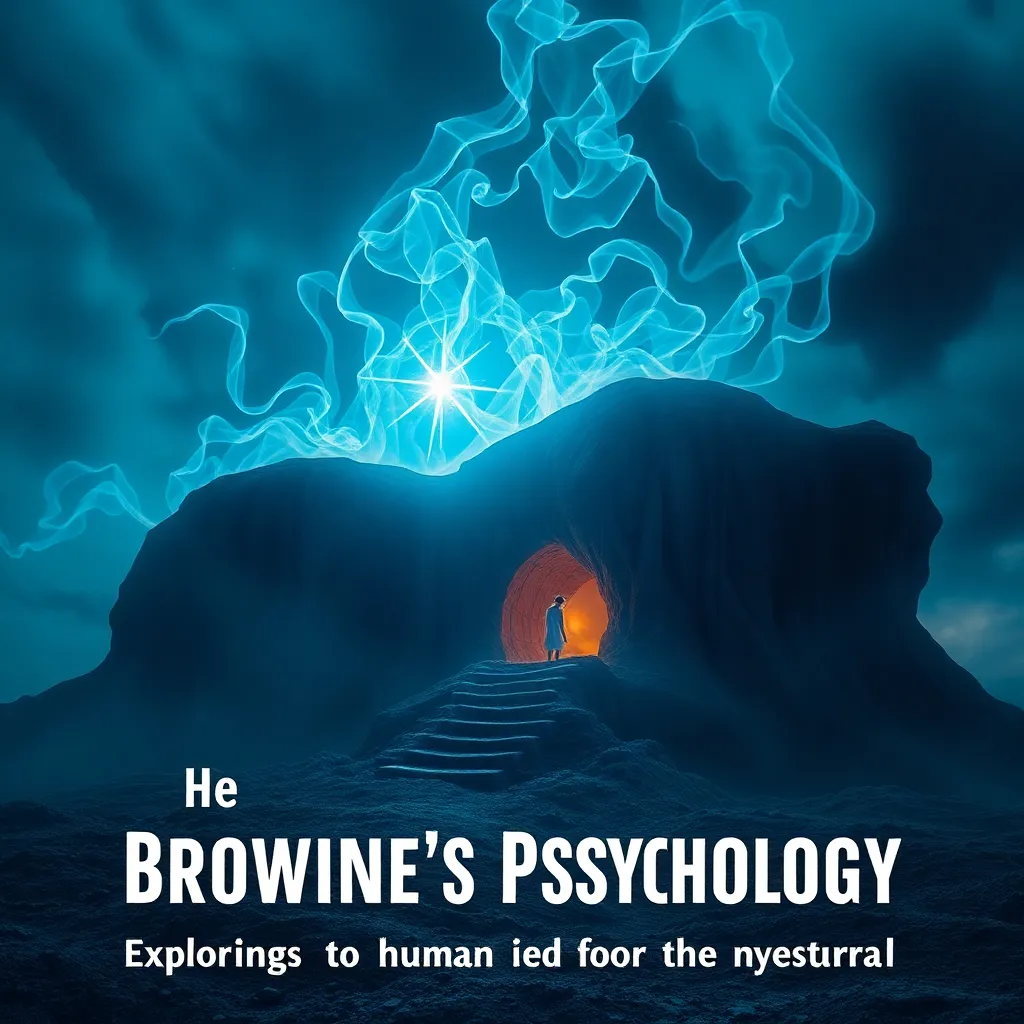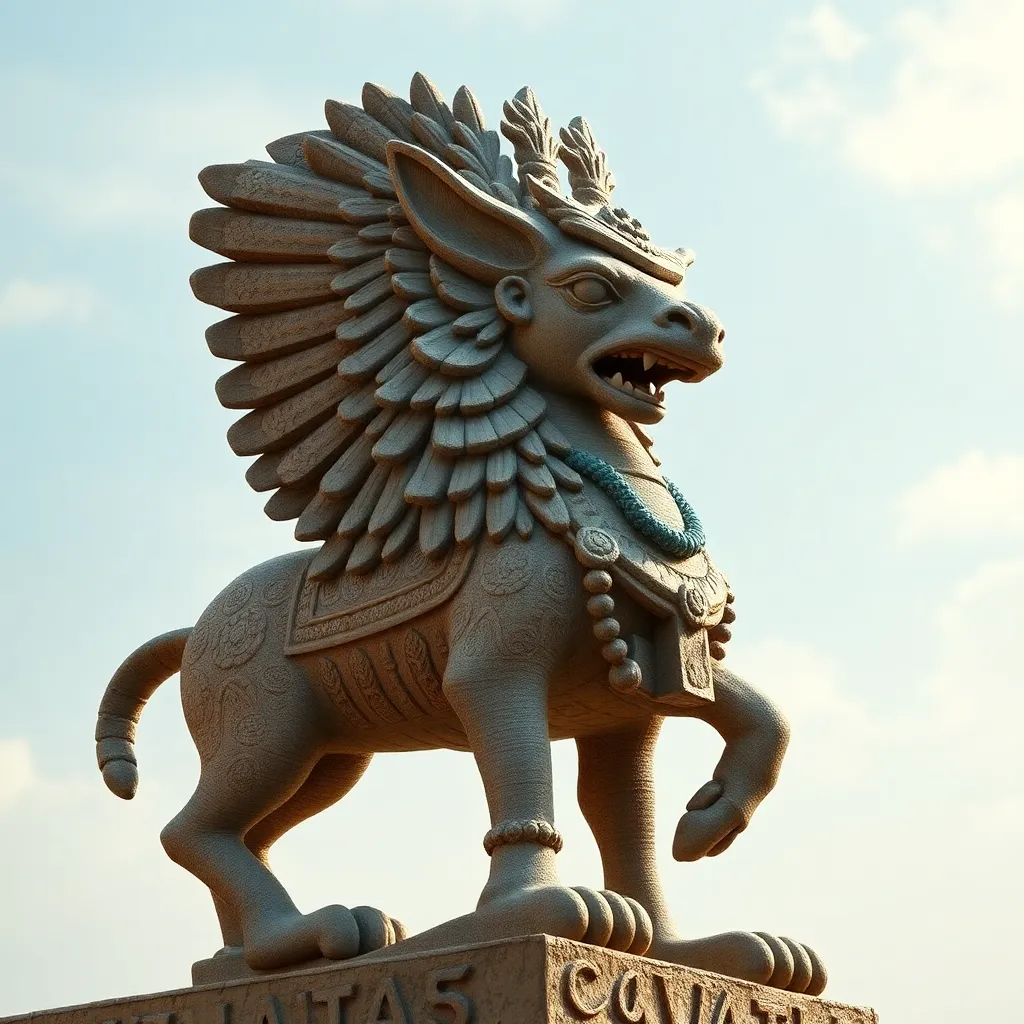The Unicorn’s Path: Exploring the Unicorn in German Folklore
I. Introduction
The unicorn, a mythical creature often depicted as a horse-like being with a single spiraled horn on its forehead, has captivated the imagination of cultures across the globe. In mythology, the unicorn is a symbol of purity, grace, and rarity, embodying ideals that transcend mere physical beauty.
Folklore plays a crucial role in shaping the cultural narratives of a nation, providing insights into its values, beliefs, and historical experiences. In Germany, folklore is rich with tales that reflect the complexities of human experience and the natural world.
This article aims to explore the significance and representation of the unicorn in German folklore, examining its historical context, symbolism, and the legacy it has left in contemporary culture.
II. Historical Context of Unicorns in European Mythology
The myth of the unicorn can be traced back to ancient civilizations, with references appearing in various cultures from the Indus Valley to ancient Greece. The unicorn was often associated with various attributes, including strength, purity, and the healing power of its horn.
Over time, the symbolism of the unicorn evolved. Initially considered a fierce creature, it transformed into a gentle being in medieval Europe, representing the unattainable ideal of purity and virtue. In medieval German texts, the unicorn became entwined with Christian symbolism, often interpreted as a representation of Christ or the Virgin Mary.
In German art from the medieval period, unicorns are frequently depicted alongside other biblical and mythical figures, highlighting their significance in the cultural and spiritual landscape of the time.
III. The Unicorn in German Folklore
German folklore is replete with stories featuring unicorns, each carrying common themes and motifs that reflect the human condition and the natural world.
- Common Themes:
- The quest for purity and redemption
- The struggle against evil forces
- The connection between humans and nature
- Regional Variations:
- In southern Germany, unicorns are often depicted as guardians of the forest.
- In northern regions, they are associated with water and healing springs.
When compared to other mythical creatures in German folklore, such as dragons and fairies, unicorns often symbolize a more optimistic view of the world, representing hope and the possibility of achieving one’s dreams.
IV. Symbolism of the Unicorn in German Culture
The unicorn holds a multifaceted symbolic significance in German culture. It is often viewed as a:
- Symbol of Purity and Innocence: The unicorn’s association with virginity and untouched beauty makes it a powerful emblem of purity.
- Connection to Nature: Many folk tales depict unicorns as protectors of the natural world, emphasizing harmony and balance.
- Representation of the Unattainable Ideal: The elusive nature of unicorns serves as a metaphor for the idealistic aspirations and dreams that humans strive for but can rarely attain.
V. Notable German Folklore Tales Featuring Unicorns
Several significant stories and ballads in German folklore feature unicorns, each providing valuable lessons and insights into human behavior and morality.
- Overview of Significant Stories:
- The tale of the Unicorn and the Maiden, which illustrates themes of purity and sacrifice.
- The story of the Unicorn and the King, showcasing the pursuit of an ideal and the consequences of greed.
In these tales, characters often undergo transformative journeys that lead to encounters with unicorns, which serve as catalysts for change. The morals derived from these stories typically revolve around the importance of integrity, compassion, and the quest for inner strength.
VI. Artistic Representations of Unicorns in German Folklore
The visual representation of unicorns in German folklore has evolved significantly over centuries. In medieval times, unicorns were prominent in tapestries and paintings, often depicted in lush landscapes or alongside holy figures.
- Role in Medieval Art: Unicorns were commonly featured in religious art, symbolizing purity and the divine.
- Modern Interpretations: Today, unicorns appear in various forms of literature and art, reflecting contemporary themes of individuality and freedom.
The influence of folklore continues to shape how unicorns are depicted, blending traditional symbolism with modern sensibilities.
VII. The Unicorn’s Legacy in Modern German Culture
In contemporary German culture, the unicorn has found a renewed presence in popular media, children’s literature, and art. This resurgence can be attributed to a broader fascination with mythical creatures and fantasy worlds.
- Popular Culture: Unicorns have become symbols of whimsy and imagination, appearing in movies, television shows, and merchandise.
- Globalization’s Impact: The global fascination with unicorns has influenced German perceptions, blending traditional folklore with modern interpretations.
The unicorn’s legacy is a testament to its enduring appeal, resonating with new generations while maintaining its roots in historical narratives.
VIII. Conclusion
The journey of the unicorn through German folklore reflects a rich tapestry of cultural narratives that speak to the human experience. From its origins in ancient mythology to its modern representations, the unicorn has remained a symbol of purity, hope, and the pursuit of ideals.
As we explore these mythical creatures in folklore, we are invited to appreciate the stories they tell and the lessons they impart. The unicorn, with its enchanting presence, continues to inspire and captivate, urging us to seek out the magic within and around us.



